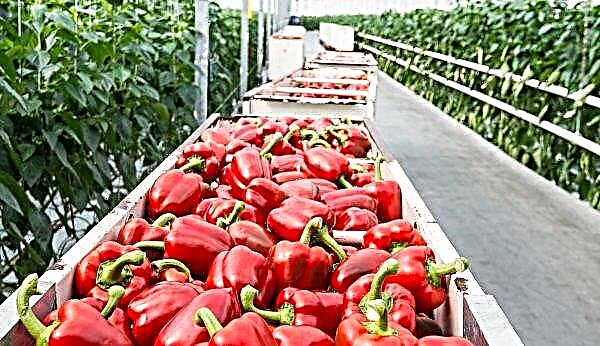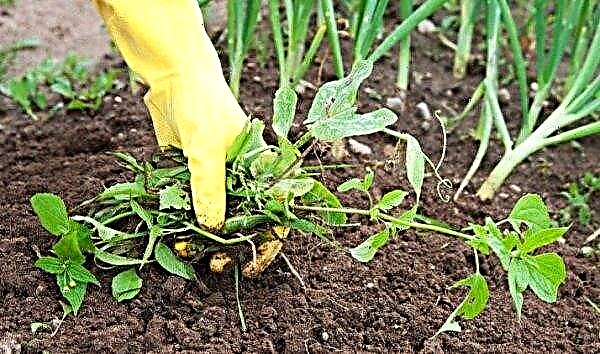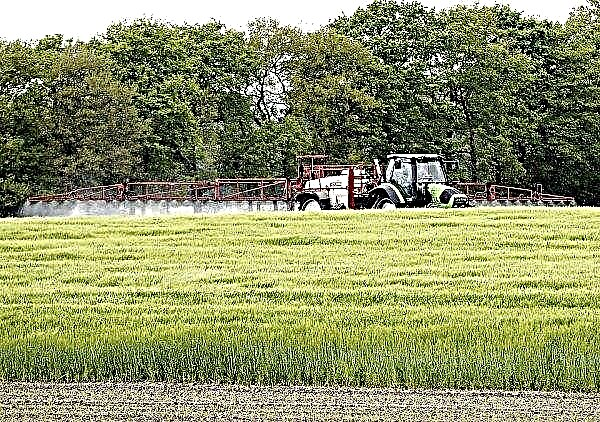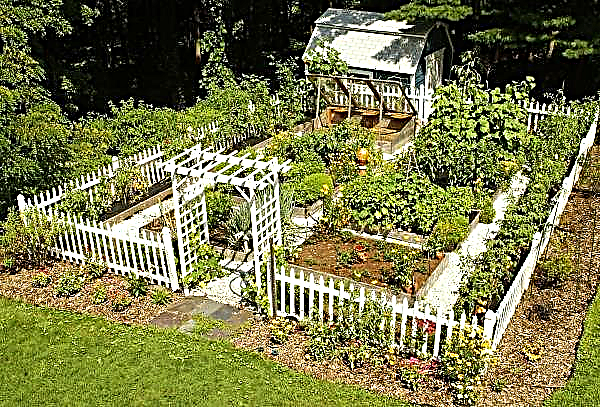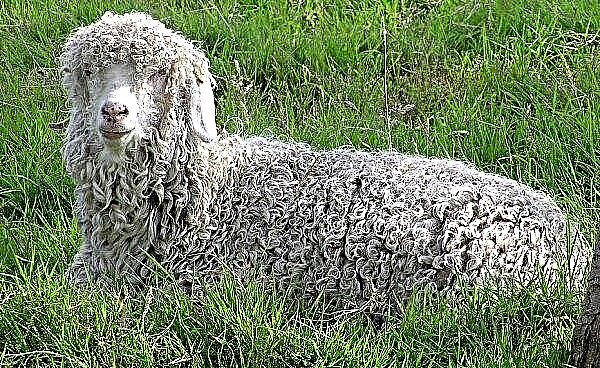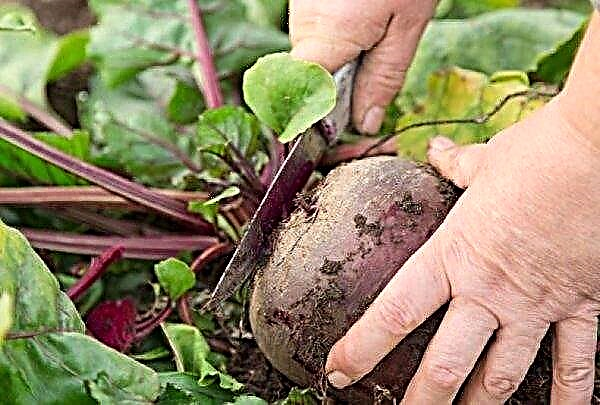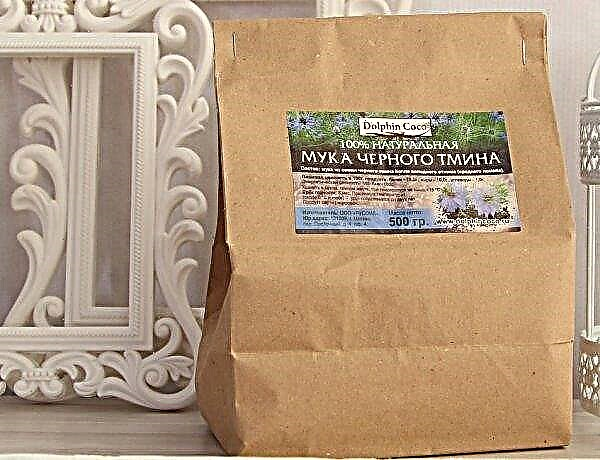For a long time, Canadian breeders have been working on breeding frost-resistant varieties of roses. And only in the last century did their work succeed. As a result of crossing roses, rugosa and Cordes roses with local species, beautiful varieties began to appear that survive in severe frosts and do not require shelter. These Canadian roses will be discussed.
Features and Description of Canadian Rose Varieties
Canadian roses are beautiful flowers, although they do not stand out with special external differences.
- Nevertheless, they have a number of features that are their significant advantages:
- very winter-hardy: withstand severe frosts up to –40 ° С without shelter, branches freeze to the level of snow cover, but come to life in spring;
- bloom profusely all summer and autumn;
- unpretentious in care;
- easy to cut;
- rarely get sick;
- universal in application: as a hedge, decoration of flower beds, etc.
In 2 Canadian laboratories, 2 groups of new varieties were bred:
- in Ottawa the Explorer group (researcher): all varieties got their names in honor of the discoverers of Canadian lands; they are characterized by branching, long lashes and a pleasant aroma;
- in Morden - Parkland group (park): the bushes are neat upright, woven, large terry buds, but odorless.
The most popular varieties:
- Champlain (Champlain, Explorer): blooms before the onset of frost with scarlet semi-double flowers with a yellow center;

- Quadra (Quadra, Explorer): a tall bush (1.5–2 m), densely and long blooming with double large (up to 8 cm in diameter) flowers of bright red color;

- Prairie Joy (Prairie Joy, Explorer): a neat elegant bush 1.5 m high, richly strewn with pink buds;

- Morden sunrise (Mordent Sunrise, Parkland): grows up to 80 cm, flowers are yellow-peach, foliage is dark green, smooth to the touch;
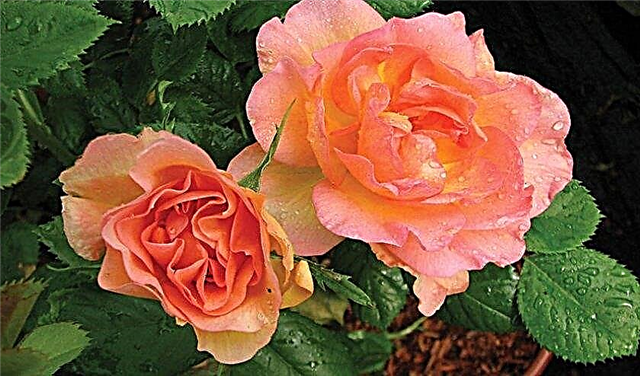
- Hope for Humanity (Hope for Humanity, Explorer): bush height - up to 1.5 m, semi-double scarlet flowers with a diameter of 6-7 cm;

- Adelaide Hoodless (Adelaide Hoodless, Parkland): compact bush up to 1 m high, terry flowers of a dark pink color gradually turn red.
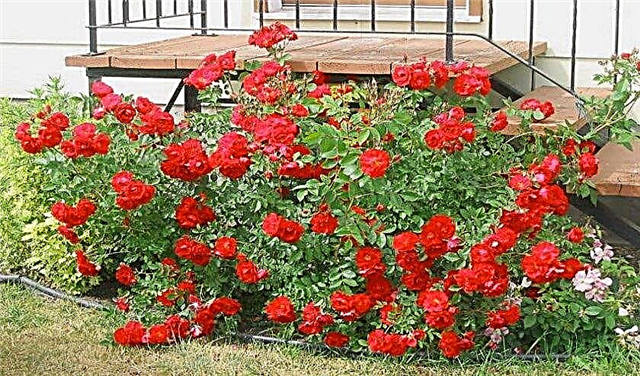
Planting canadian roses
In their preferences, Canadian roses are no different from other species. They like sunny places with good ventilation, but preferably without drafts. Penumbra is also suitable for active growth and flowering. Roses well perceive the neighborhood of other flowering and non-flowering plants.
Did you know? The Guinness Book of Records contains the largest rose in the world, Lady Banks, which has been growing in Arizona (USA) since 1885: its trunk circumference is 3.7 m, shoots span 740 m², about 200 thousand small yellow blossoms bloom during flowering of flowers.
Landing time is autumn and spring. For an autumn planting, it is important to determine the right time. The main condition: before the onset of cold weather, the rose should take root, but not shoots. If you plant a seedling in early autumn, it will not only take root, but will also produce sprouts that will freeze in the cold.
If you plant the bush late, just before the frost, then it just does not have time to take root. There are no such difficulties in the spring. You can plant roses when it gets warmer up to + 10 ° С.
Selection of seedlings
What to look for when buying a seedling:
- from the place of vaccination should go 2-4 full escape;
- twigs are not brittle, not dry, but elastic;
- the bark is uniformly green, without spots;
- leaves on branches should not be, but only buds;
- the vaccination site should not exfoliate and peel off, otherwise the bush will be painful;
- the roots, both small and large, should not be dry; to check, make a scratch (the living root has white wood);
- in a rose sold in a container, the earthen lump is dense and whole, not separated from the root;
- the container rose has dense foliage and shoots are well developed.
- Advantages of seedlings in containers:
- the root system is closed;
- bush lively, stored for a long time;
- transplanting is easy;
- fast rooting.

Soil preparation
Canadian roses are not capricious and not demanding on the ground. But preferable is still fertile land with a low level of acidity.
To feed it, you need to do the following preparatory steps:
- At a selected sunny spot, dig a recess 70 cm deep and 70 cm wide.
- Fill the pit with water.
- When the water is absorbed, pour 2 shovels of humus and a little wood ash inside, mix with the ground. You can put half the humus and add peat and complex fertilizer to it in equal parts.
In the soil prepared in this way, the bush will take root quickly and will grow strong.
Important! At the bottom of the pit, it is advisable to pour drainage from small stones or pieces of brick. This will prevent stagnation of water.
Landing technology
Before planting, the seedling must also be prepared:
- soak the roots in a growth stimulator or just water;
- shorten the roots to 30 cm;
- of all branches, leave only 3-4 the strongest;
- trim the left stems, leaving 3 buds on them.
The process of planting a rose looks like this:
- In the prepared soft soil mix to make a deepening.
- Place the seedling so that the vaccination site is 3-5 cm below the ground level. If you plant it higher, wild growth may begin to grow.
- Cover the roots with a substrate and carefully compact.
- Fill the ground with water.
- Mulch with sawdust or tree bark.

Home Care
Some gardeners call Canadian varieties "roses for the lazy", as caring for them is simple, does not require much time, special skills and efforts. Both novice rose growers and those who do not have a lot of time can cope with this task.
Optimal conditions
On the conditions for Canadian roses, you can not worry much.
They are comfortable when:
- warm and cool, withstand heat and severe frost (–30 ... –40 ° С);
- there is a lot of light, but not in direct sunlight;
- humidity does not matter much, it feels good in drought and in wet weather;
- the soil is slightly moist, but not wet.

How to water and fertilize
Canadians love being watered regularly. The earth must be constantly moistened. The signal for irrigation is a dried up topsoil. Therefore, you need to focus on the weather: in the summer heat, water more often, and in the autumn cool less often.
Roses respond well to dressing. They should be seasonal and according to needs. In the spring, when the plant grows and gains green mass, it needs reinforcement with nitrogen-containing fertilizer (20-30 g of urea).
In the summer, all resources are directed to the formation of buds and flowering, so the need for potassium (20 g of potassium magnesia) and phosphorus (30 g of superphosphate) is growing. Fertilizers are always applied only with watering.
Pruning
Forming pruning is not necessary, as even weaving canadian bushes hold their shape well.
But there is a need for sanitary pruning:
- before the onset of winter, all young shoots that can freeze in the cold and become a source of pathogenic bacteria should be cut;
- in the spring, dry, frozen, damaged, and hemp branches left over from last year's pruning are cut off;
- anti-aging pruning is carried out once every several years: all old branches are cut off under the root, and the bush releases ready-made shoots.

Seasonal Features
Canadians were bred specifically for extreme conditions. For this reason they are sheltered very rarely.
But something can be done:
- spud the bushes with earth and mulch with sawdust;
- it is desirable to bend long branches of weaving varieties to the ground, so they will be covered and warmed by snow;
- in winter, the bushes are sprinkled with snow, which covers and warms them.
Scourges not sprinkled with snow can freeze. But in the spring they recover very quickly.
Did you know? To get 1 kg of rose oil, you need to collect more than 3 tons of rose petals.
Plant propagation
Canadian roses tend to root quickly. Most often they are propagated by cuttings. Some gardeners divide old bushes or lay off long lashes. It is necessary to consider each of these methods.
Dividing the bush
For division, not young but adult bushes are chosen, which are already several years old. The plant must be completely healthy. The procedure is performed in the spring (April-May) before the buds open. For work, you will need a shovel and secateurs or a sharp knife. The division is as follows:
The division is as follows:
- Carefully dig out the bush, taking care not to damage the roots.
- Roots clear of the ground.
- Use a pruner or knife to cut off the necessary part from the mother plant or divide it in half.
- On cut seedlings there should be roots and stems.
- Shorten the roots to 30 cm.
- Trim the shoots so that they have 3 buds left.
- Lower the roots for a while in an aqueous solution of a growth stimulant.
- Plant a seedling in prepared fertilized soil.
Layering
This method is good for climbing varieties with long and flexible shoots. It is also carried out in the spring, so that the autumn has time to take root. The following steps must be completed:
The following steps must be completed:
- Next to the selected bush, prepare the ground for layering: dig and fertilize.
- The shoot is selected mature and flexible, freed from the leaves.
- In the prepared place a shallow ditch breaks out.
- The branch is tilted to the ground, fixed with pegs or arcs of wire for fixation in a ditch, covered with earth, compacted and watered.
- In September, you can separate the escape from the mother bush.
- Later, a new seedling is transplanted to a permanent place. But if the root system is still weak, it is better to leave it until spring.
Cuttings
This is the most popular way to breed canadas.
Cuttings are engaged in the summer, during the flowering period. What should be done:
What should be done:
- Choose a young but strong shoot that has already faded.
- Cut a stalk 25-30 cm long, the bottom cut should have an acute angle to make it easier to deepen into the ground.
- Remove all leaves, leave only 2 top.
- Soak the stalk in a growth stimulator for several hours.
- Immerse the cuttings in the prepared soil at a slight angle, pour and cover with a cropped plastic bottle.
- Shelter is removed only in the spring.
Important! It is necessary to observe the distance between future rose bushes: for low-growing varieties - 35–40 cm, medium –– 50–60 cm, and high –– 100 cm.
Possible growing difficulties
Canadians are resistant to various diseases and pests.
But in order to have a guarantee, preventive measures can be taken:
- from time to time treat bushes with means against fungal diseases and insects;
- collect fallen leaves on time and burn.
Frost-resistant Canadian roses are beautiful and hardy. Growing these flowers brings more joy than hassle.







